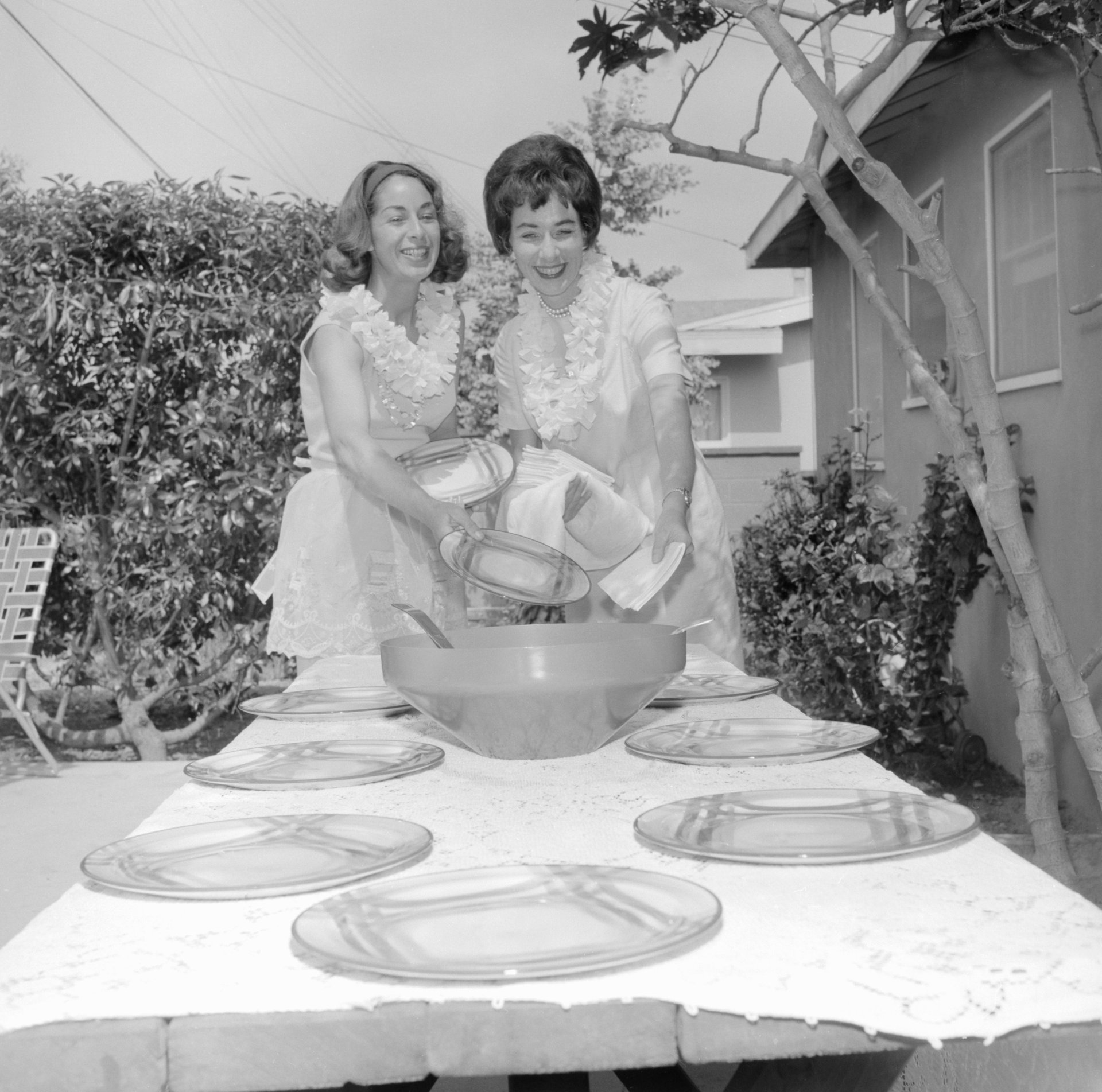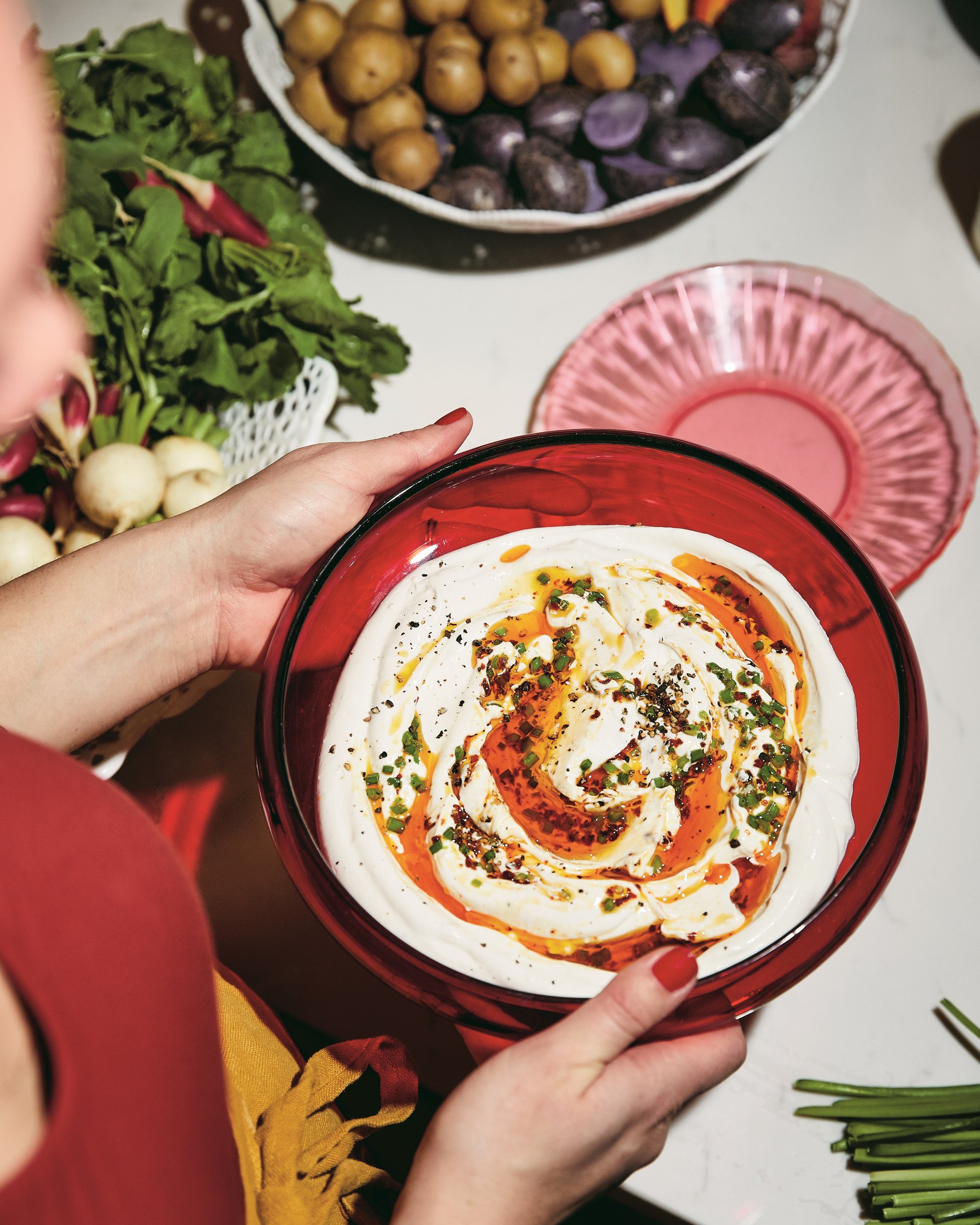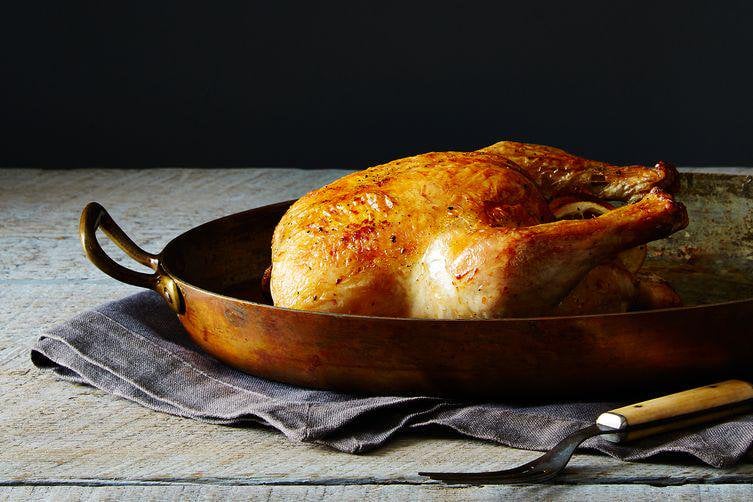Quartzy: the dinner party edition
Happy Friday!

Happy Friday!
I’m Natasha Frost, Quartz’s travel and tourism reporter. Today, I’m ruminating on the “millennial dinner party” and how people aged between about 23 and 38 cook for their friends. Despite reports to the contrary, millennials haven’t killed the dinner party. But instead of bringing out the fish forks and best china, they’re “having people over,” in a push for conviviality and the warm glow of breaking bread with one’s chosen family.
Performance is part of it, but it’s comparatively far down the list. That said, there’s fun to be had in taking the opportunity to show off your recently vacuumed apartment, dazzle your invitees with a dessert from scratch (!), and put your general “adulting” prowess on parade. The bar is gloriously low.

Affluent millennials are playing house. We may not be able to afford a whole one of our own (thanks, boomers), but that doesn’t mean we don’t want it to look nice on the inside. There’s now a niche for companies selling aspirational homeware with a millennial sensibility. Cookware company Great Jones, whose Dutch ovens come in such shades as “broccoli,” “mustard,” and “macaron” pale pink, is setting out to be the Le Creuset of the under-40 set, while kitchenware start-ups Misen, Made In, and Material are in a dead-heat to be the “Warby Parker for the kitchen.”
But what’s on the plates is also distinctive. We’ve mostly moved beyond the fussiness of the early-nineties, and the French-inflected cuisine of Gordon Ramsay or Raymond Blanc, all fish velouté and coconut tuiles. But the cosy attainability of food writers such as Nigella Lawson or Marcella Hazan also doesn’t seem quite right, sometimes lacking a certain visual pizzazz. (It’s still hard to get past Hazan’s tomato-butter pasta sauce, though.)

Millennials, when they’re entertaining, are looking for something in between the two: not too difficult, but with a little bit of wow factor, in case anyone’s putting it on Instagram. We’re digital natives, after all.
There’s no better example of this kind of cooking than Alison Roman. The former Bon Appetit food writer, whose recent cookbook, Nothing Fancy, is currently a top seller on Amazon, markets her recipes as “Unfussy Food for Having People Over.” It’s sort of true, if you consider baked potatoes with caviar or making spiced croutons from scratch to be unfussy.
Admittedly, most home chefs, most days, don’t cook like this. After an eight-hour working day, whatever your generation, it’s hard to rustle up the enthusiasm to make anything at all, let alone a side dish of wine roasted artichokes, the preparation for which Roman calls “at worst dangerous and at best pretty annoying.”
But if you’re prepared to step up your game a little for company, Roman’s books are a good place to start. The dishes, like her viral #thestew, have a few things in common. Captured in Terry Richardson-esque high-saturation images, they’re deeply photogenic: a pile of burnished eggplants; glowing salmon roe. Global flavors come crashing together in unexpected, and often brilliant, ways—though you might struggle to find labne, yuzu kosho, Calabrian chiles, za’atar, and “unpitted Castelvetrano olives” in most grocery stores outside of Roman’s native LA or current home in Brooklyn. And while they’re usually far too much hassle to prepare for yourself alone, most are quick enough to throw together in a couple of hours or less.
[quartzy-recipe]

Roman’s “The Dip,” made even easier. Mix a two-cup container of sour cream with the juice of a lemon, and season with salt and pepper. Over a medium-low heat, fry up four sliced scallions, a teaspoon of red pepper flakes, and a small handful of torn cilantro leaves and stems in a few big slugs of olive oil, until all is sizzling and the oil is orange. Leave to cool for five minutes, season with salt and pepper, then pour in large circles over the sour cream mixture. Serve with cut up vegetables or potato chips.

In actual fact, expectations are practically on the ground. All but the most unbearable of guests will be delighted to show up with a bottle of wine and have a night off from deciding how to feed themselves, no matter what you serve them. It’s absolutely fine not to make focaccia from scratch, or to pull tubs of ice-cream out of the freezer instead of rustling up six individual panna cotta.
If the pressure to show off is putting you off hosting, give yourself a break. Millennials are a generation mostly uncomfortable with pomp or ceremony. You don’t need a theme; you don’t need matching plates; you don’t need to serve anything remotely complicated. Just the fact you’re hosting guests, and not expecting them to bring a dish of their own, is impressive. The best dinner party, from my experience, is one where you’re spending time with your invitees rather than slaving away in the kitchen. (It often helps if there’s enough to drink.)

With a little imagination, you can transform the most basic of meals. Chopped pistachios or hazelnuts suddenly make a green salad much more interesting. A roast chicken can be simplicity itself, while a decent loaf of bread, and some butter to serve it with, is often the easiest possible side. And garlic and chili flakes, fried up in olive oil, will happily do some heavy lifting to zhuzh up broccoli or blanched greens.
Aspirational cuisine aside, Roman’s absolutely right about one thing: “Cooking for people is really a kind gesture.” Hosting a dinner party means exerting a little effort to show people you care: contacting your selected guests, picking a recipe, gathering ingredients, and finally feeding and cleaning up after them. Hosting is about love—and that doesn’t seem generationally bound at all.
Have a wonderful weekend!


If you live in a big city, the choice of things to do can be overwhelming. Lately, I’ve been planning day trips based around a particular theme, to keep it manageable: a “printed matter”-themed day recently took me to a museum of posters, a six-story second-hand bookshop with folders of different maps, and a flash sale of inexpensive risograph prints. (If I’d had more time, I might have gone to a sale of vintage postcards or a tiny exhibition of the various ways alphabets devoted to animals have solved “the challenge” of the letter ‘N’.)
My colleagues Jenni Avins and Anne Quito have variously used wedding dresses and “things in tubes” as their own starting points for similar vacation trips, though there are plenty of other good options: “dumplings” opens up a quest for pierogi, empanadas, or the very best xiao lang bao. A prolific public artist can take you all around the city, while a European country could be a great lens to discover new restaurants, shops, or art. It’s an efficient, if slightly unusual, way to see your city through new eyes—or to tackle a place that you happen to be passing through.